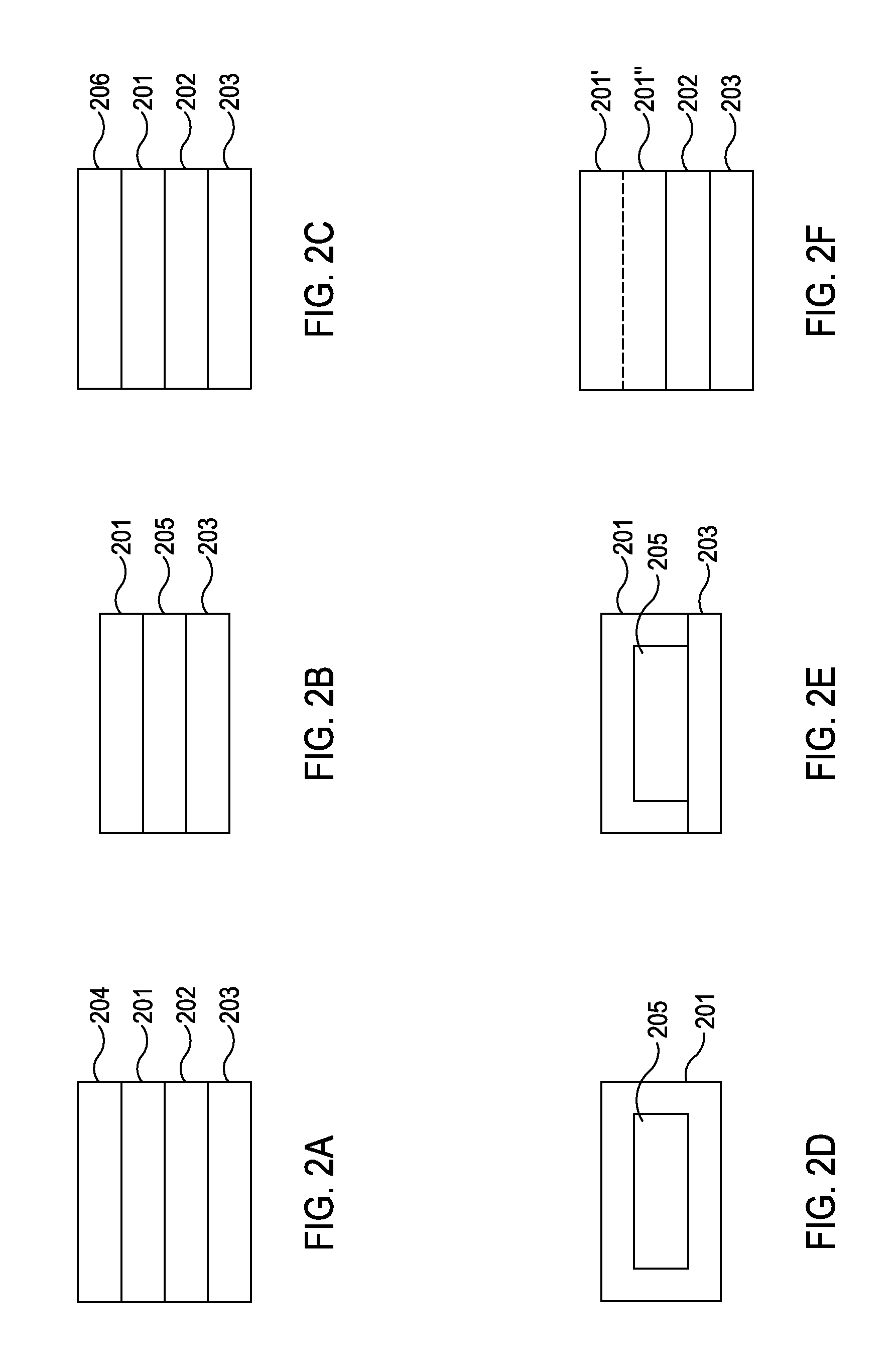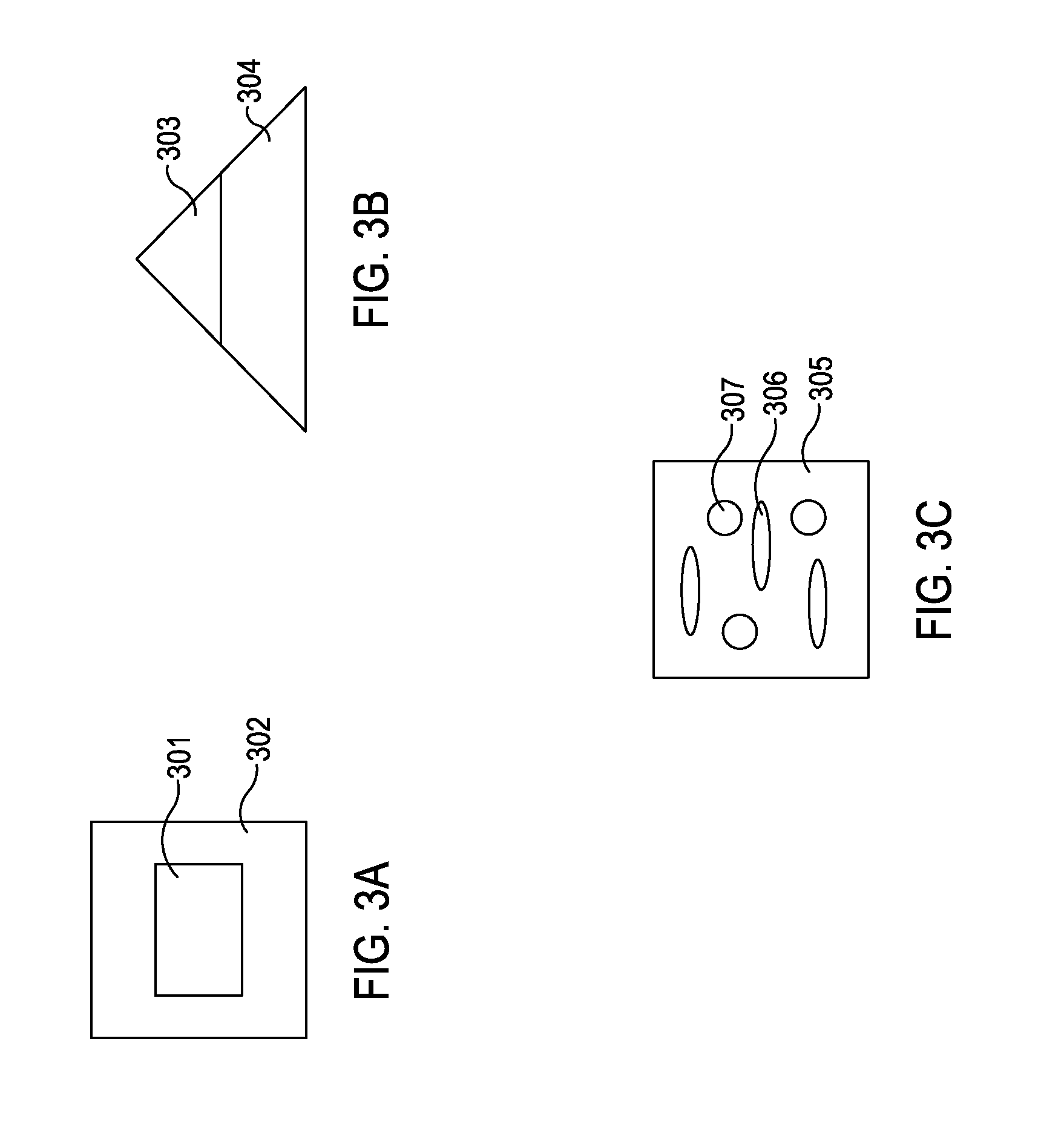Controlled Release Insect Repellent Materials
a technology of insect repellent and material release, which is applied in the direction of botany apparatus and processes, pharmaceutical non-active ingredients, medical preparations, etc., can solve the problems of single-dose application, low volatilization rate, and few implementation avenues
- Summary
- Abstract
- Description
- Claims
- Application Information
AI Technical Summary
Benefits of technology
Problems solved by technology
Method used
Image
Examples
Embodiment Construction
[0020]The present invention relates to the controlled release of insect repellents through a polymeric matrix, and more specifically, polymer matrices comprising ethylene copolymers, ethyl celluloses, and / or thermoplastic polyurethanes for the controlled release of insect repellents.
[0021]The present invention, in some embodiments, provides for articles and methods for long-term controlled release of insect repellents from a polymer matrix comprising at least one polymer selected from the group consisting of an ethylene copolymer, an ethyl cellulose, a thermoplastic polyurethane, and any combination thereof. Further, some embodiments of the present invention provide for unique structures that enable implementation in a wide variety of applications, e.g., personal, home, agricultural, textiles, films, coatings, and the like.
[0022]The use of ethylene copolymers may advantageously provide for tailorability of the release rate of the insect repellents for a particular application, e.g.,...
PUM
 Login to View More
Login to View More Abstract
Description
Claims
Application Information
 Login to View More
Login to View More - R&D
- Intellectual Property
- Life Sciences
- Materials
- Tech Scout
- Unparalleled Data Quality
- Higher Quality Content
- 60% Fewer Hallucinations
Browse by: Latest US Patents, China's latest patents, Technical Efficacy Thesaurus, Application Domain, Technology Topic, Popular Technical Reports.
© 2025 PatSnap. All rights reserved.Legal|Privacy policy|Modern Slavery Act Transparency Statement|Sitemap|About US| Contact US: help@patsnap.com



